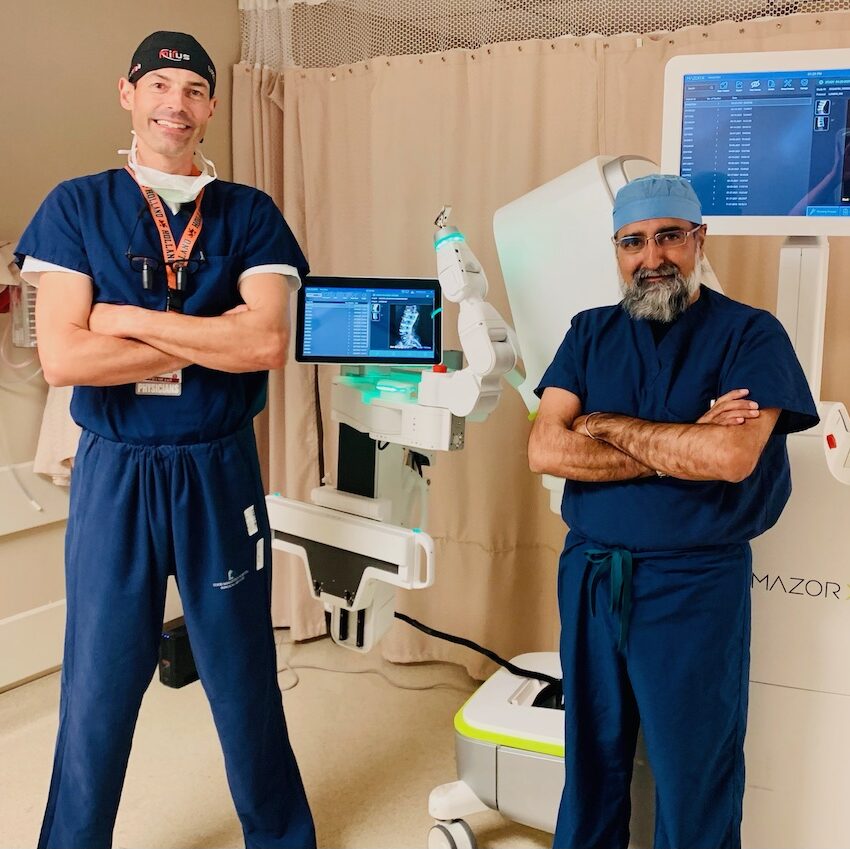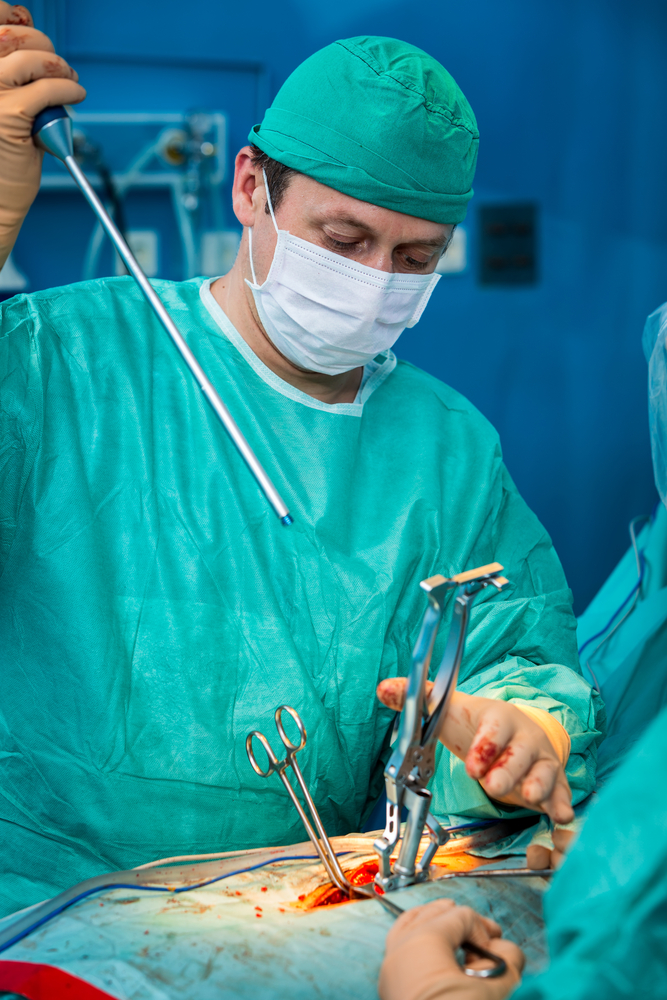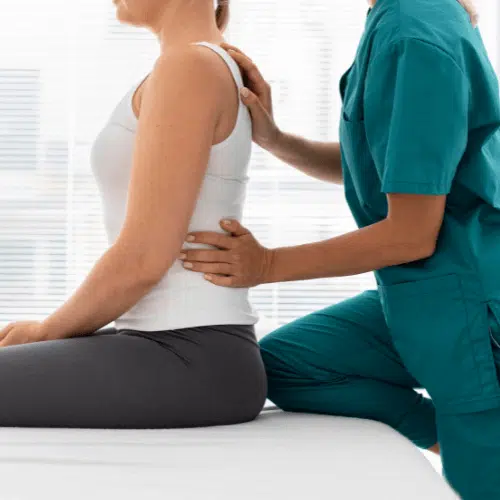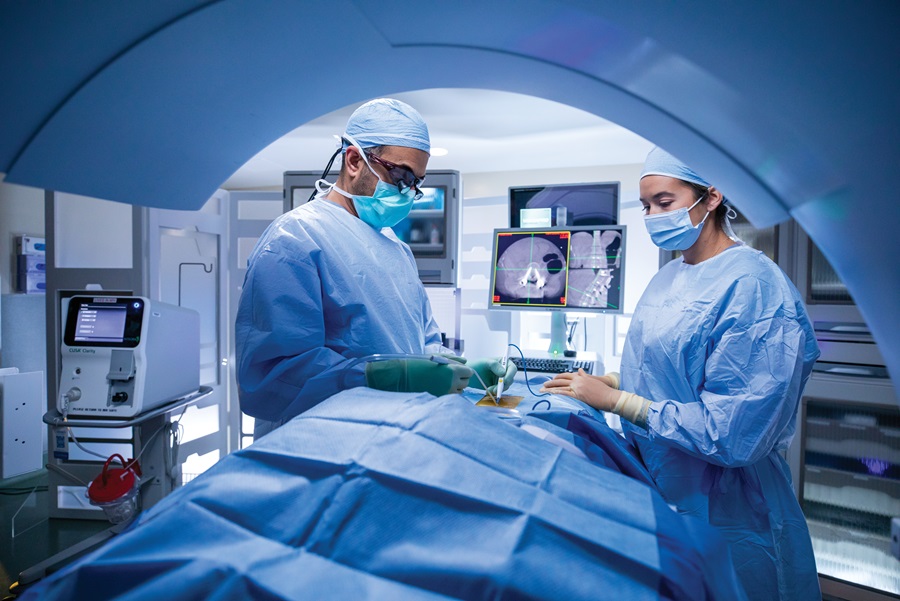Connecting with the Best Spine Surgeons in St Louis MO for Comprehensive Treatment
Connecting with the Best Spine Surgeons in St Louis MO for Comprehensive Treatment
Blog Article
A Summary of Back Problems That Typically Lead To Surgical Therapies
Spine problems such as herniated discs, spinal stenosis, and degenerative disc illness regularly demand surgical treatments when traditional therapies fall short to relieve consistent signs. These problems not just lead to considerable pain however can additionally seriously harm everyday functioning and general high quality of life. Recognizing the subtleties of each problem and the matching surgical choices, such as discectomy or back blend, is vital for reliable monitoring. As we check out these conditions further, it ends up being apparent that the decision-making procedure bordering surgical therapy is diverse and warrants careful factor to consider.
Herniated Discs
Although several individuals with herniated discs might locate relief through traditional treatments, surgical treatment ends up being a required factor to consider when symptoms linger or intensify - best spine surgeons in st louis mo. A herniated disc happens when the soft internal gel of a spinal disc sticks out with its outer layer, possibly pressing nearby nerves and leading to pain, tingling, or weak point in the extremities
Conventional management commonly includes physical treatment, pain medicines, and corticosteroid injections, which aim to lower swelling and enhance feature. In situations where these approaches fall short to ease debilitating signs, surgical alternatives may be checked out.
One of the most usual operation for herniated discs is a discectomy, which includes the elimination of the herniated portion of the disc to eliminate stress on the affected nerve root. In a lot more extreme instances, spinal combination might be essential to stabilize the affected vertebrae.
People are recommended to go over the prospective risks and benefits of surgery with their doctor to make a notified choice. Inevitably, the goal of any type of medical treatment is to restore function, minimize discomfort, and improve total lifestyle for individuals dealing with herniated discs.
Back Constriction
Back constriction takes place when the areas within the spine narrow, resulting in enhanced pressure on the spine and nerves. This condition can create in different regions of the spine, including the cervical and lumbar areas, frequently due to age-related adjustments, such as degenerative disc condition, joint inflammation, or enlarging of ligaments.
Patients with spine constriction might present with signs and symptoms that consist of pain, pins and needles, prickling, or weak point, mostly in the legs or arms. These symptoms can be exacerbated by activities that involve standing or strolling, usually leading people to seek alleviation through conservative therapies like physical therapy, medicines, or epidural steroid shots.
Nevertheless, when these non-surgical interventions fall short to supply appropriate alleviation, surgical choices may be taken into consideration. Typical operations for spine constriction include laminectomy, which involves the elimination of part of the vertebra to reduce stress, and spine fusion, which maintains the affected area. The decision to pursue surgery is commonly based on the extent of signs, the level of useful impairment, and the general wellness of the individual. Trigger medical diagnosis and management are vital to stop more neurological compromise and improve quality of life.
Spondylolisthesis
Spondylolisthesis occurs when one vertebra slips ahead over an additional, resulting in imbalance of the back. This condition can result from various aspects, including congenital problems, trauma, or degenerative modifications in the spine. It is most frequently observed in the back region, especially at the L4-L5 and L5-S1 levels.

When non-surgical approaches fail to eliminate signs or when significant nerve compression is present, surgical treatment may be necessitated. Surgical options can consist of back blend or decompression procedures, intended at recovering alignment and relieving neurological signs.
Degenerative Disc Illness

The condition can be diagnosed via a mix of professional analysis, imaging research studies, and client background. When these approaches fall short to give appropriate relief, medical treatments may be considered.
Surgical alternatives for DDD may include spine fusion or fabricated disc replacement, intended at supporting the affected section and alleviating pain (best spine surgeons in st louis mo). Inevitably, the choice of treatment is embellished, taking into consideration the intensity of the problem, client wellness, and lifestyle aspects
Spinal Lumps

Back lumps can occur from numerous variables, including genetic predisposition, ecological impacts, and pre-existing clinical problems. Individuals may present with a variety of signs, including localized discomfort, neurological deficiencies, weakness, or modifications in bowel and bladder function, depending on the growth's dimension and place.
Surgical intervention might be required to relieve signs, get a biopsy, or remove the lump completely. The objective of surgery is commonly to decompress neural aspects and stabilize the back. Early discovery and treatment are important for maximizing results in clients with spine lumps.
Conclusion
In summary, spinal column conditions such as herniated discs, spinal constriction, spondylolisthesis, degenerative disc condition, and spinal growths often require medical treatment because of their potential to trigger significant discomfort and functional impairment. While traditional therapies may provide temporary alleviation, surgical options become essential when symptoms continue or worsen. Timely medical diagnosis and intervention play an important function in bring back feature check out this site and improving the top quality of life for affected individuals, highlighting the value of detailed spinal care.

Report this page